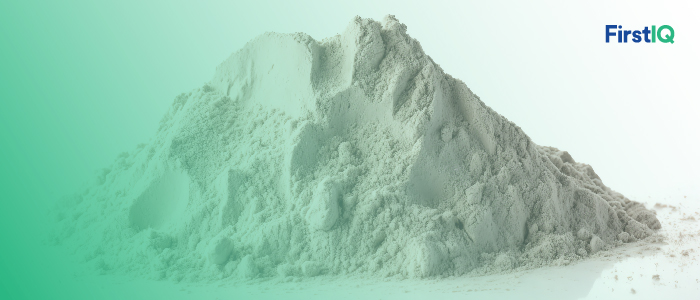China – An Arbitrary Player in Global Urea Market

China has halted exports of urea, a key fertilizer, due to a surge in prices, resulting in around 500,000 tons being held up at Chinese ports in 2023. This has caused delays and potential shortages for buyer countries such as India.
China is one of the world's largest producers of urea and accounts for one third of global supplies. Chinese state-owned producers are prioritizing domestic supply, and port inspections for urea cargoes have been suspended. The curbs are expected to raise global prices and increase spending by countries reliant on imported urea.
This further affected the urea consumption in countries that were import dependent on China.
- According to the East Asia forum since South Korea has faced intermittent shortages of urea, an industrial commodity used for vehicles and agriculture fertilisers, as China temporarily suspended exports of the goods due to domestic supply issues
- India, heavily reliant on China for urea imports (approximately 0.2 million tons annually), is seeing rising prices and potential disruptions
- Nepal is facing a urea fertilizer crisis, with shortages impacting farmers and potentially hindering agricultural production. The country relies heavily on urea imports
According to Genesis Fertilizers China is resuming urea exports, with reports indicating the release of up to 2 million tons for export between June and mid-October of 2025. According to Green Markets North America urea prices have been on a wild ride lately and the volatility continued last week due to China re-entering the export market. The resuming of China urea exports will solve the urea crises in countries in South Korea and Nepal.
China, as the world's largest urea producer and one of the largest exporters, has a capacity exceeding 77 million tons. The country exports its significant portion of urea to the U.S., India, Japan, Germany, and South Korea. As China resumes its exports, the crises for India and South Korea are seen lowering as they are one of the largest importers of Urea.
China also has an opportunity to dominate the Europe market as the European Commission has imposed tariff on Russin fertilizers supporting Ukraine against Russia. China thus dominates the urea trade and consumption creating a deeper impact on key economies.
- After China stopped it exports of urea, The Government of India announced Atmanirbharta in Urea production, Government reopened three dormant urea plants in the Eastern region. To further augment urea supply, a plant with annual capacity of 1.27 million tons to be set up at Namrup, Assam
- South Korea's industry ministry is reviewing giving subsidies to companies that seek to diversify supply channels of urea amid concerns over another urea supply crisis due to China's export halt. Lotte Fine Chemical Co., which supplies half of South Korea's urea demand for industrial use, said the company has already secured various import channels in Vietnam and other Southeast Asian nations, as well as in the Middle East
If China manipulates the prices of urea by manipulating the trade, they will face challenges in long-term resulting in decrease in their global market share. Countries which are import depended on China are increasing their production capacity and reducing the import dependability by switching their supplier.





